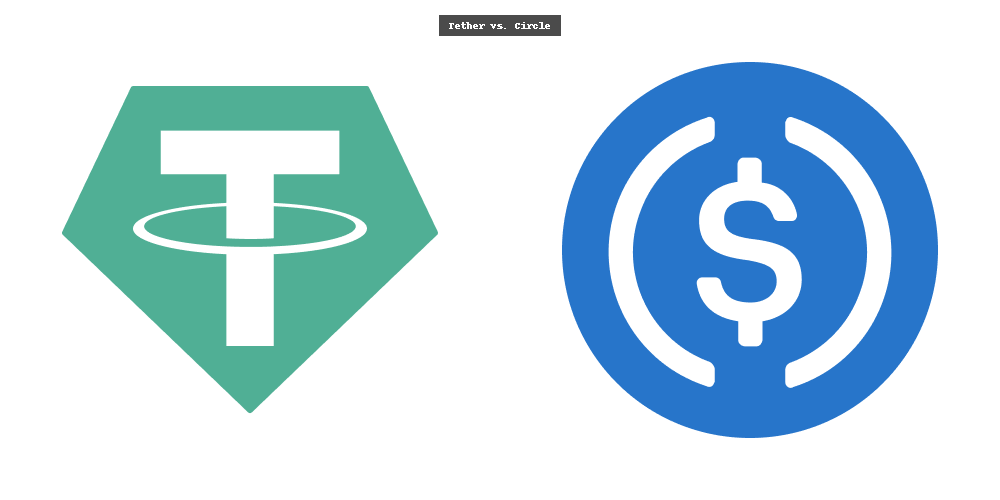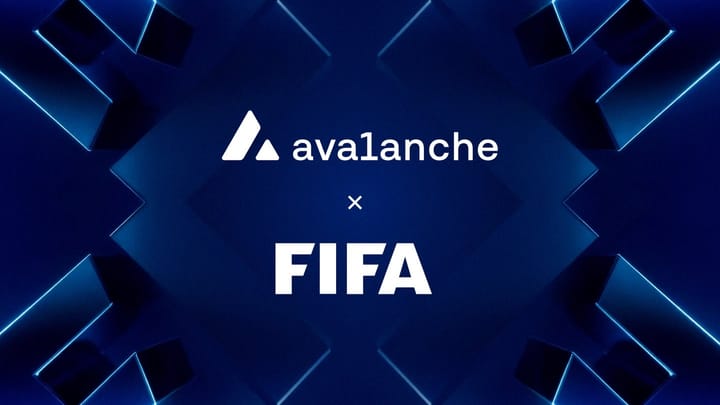The Ethereum Pectra Upgrade: A Leap Toward Scalability, Efficiency, and User-Friendliness

Great News 🎉
On May 7, 2025, Ethereum activated its highly anticipated Pectra upgrade, marking the blockchain’s most significant overhaul since the Merge in 2022. Named after a blend of “Prague” (execution layer changes) and “Electra” (consensus layer changes), Pectra combines two previously separate upgrades into a single, ambitious hard fork. This upgrade, comprising 11 Ethereum Improvement Proposals (EIPs), aims to enhance Ethereum’s scalability, security, staking flexibility, and user experience. As Ethereum faces growing competition from faster and cheaper Layer-1 blockchains like Solana and Celestia, Pectra represents a critical step in maintaining its position as the leading platform for decentralized applications (dApps), decentralized finance (DeFi), and non-fungible tokens (NFTs). This article explores the key features of the Pectra upgrade, its technical advancements, and its implications for Ethereum’s ecosystem and future roadmap.
Ethereum’s Evolution and the Need for Pectra
Since its launch in 2015, Ethereum has undergone numerous upgrades to address scalability, security, and efficiency challenges. The Merge in 2022 transitioned Ethereum from Proof of Work (PoW) to Proof of Stake (PoS), reducing energy consumption by over 99% and enabling staking rewards for ETH holders. The 2024 Dencun upgrade introduced proto-danksharding via EIP-4844, which implemented “blobs” (binary large objects) to reduce transaction costs for Layer-2 (L2) solutions like Optimism and Arbitrum. Despite these advancements, Ethereum continues to face challenges, including high gas fees during network congestion, validator overhead, and complex user interactions.
Pectra builds on Dencun’s foundation, addressing these pain points while aligning with Ethereum long-term roadmap, which includes six phases: The Merge, The Surge, The Scourge, The Verge, The Purge, and The Splurge. Pectra falls within “The Surge,” focusing on scalability through L2 solutions and data availability (DA) optimizations. It also lays the groundwork for future upgrades, such as the introduction of Verkle trees and full danksharding, which aim to make Ethereum a global financial settlement layer capable of processing billions of transactions daily.
Major Features of the Pectra Upgrade
Pectra introduces a suite of technical improvements through its 11 EIPs, targeting three core areas: user experience (via account abstraction), staking efficiency, and L2 scalability.
Below, I’ll break down the most impactful changes
1. Account Abstraction and Smart Accounts (EIP-7702) One of Pectra’s most transformative features is EIP-7702, which advances Ethereum’s journey toward full account abstraction. Account abstraction allows Externally Owned Accounts (EOAs)—standard Ethereum wallets controlled by private keys to temporarily function like smart contracts during transactions. This enables several user-friendly features:
- Flexible Gas Payments: Users can pay transaction fees (gas) with ERC-20 tokens like USDC or DAI instead of ETH, reducing the need to hold ETH solely for fees. Third parties, such as dApps or sponsors, can also cover gas costs, enabling gasless transactions.
- Transaction Batching: Multiple actions (e.g., token swaps and approvals) can be bundled into a single transaction, streamlining interactions with DeFi protocols and on-chain games.
- Social Recovery: Users can recover lost private keys through trusted contacts, improving security and reducing the risk of permanent fund loss.
- Session Keys: Temporary keys can be used for specific tasks, such as trading or gaming, without exposing the main private key.
EIP-7702, reportedly sketched out by Ethereum co-founder Vitalik Buterin in just 22 minutes, makes Ethereum wallets more programmable and intuitive, bridging the gap between EOAs and smart contract accounts. This enhances user experience, reduces drop-off rates in dApps, and positions Ethereum to compete with blockchains like Solana, which has supported native account abstraction for years.
2. Staking Enhancements (EIP-7251, EIP-7002, EIP-6110).
Pectra introduces significant improvements to Ethereum’s staking ecosystem, addressing validator overhead and operational complexity.
Key EIPs include:
- EIP-7251: Increase Maximum Effective Balance: This EIP raises the validator staking limit from 32 ETH to 2,048 ETH. Previously, validators with more than 32 ETH had to run multiple nodes, leading to over 900,000 validators and increased network overhead. Now, stakers can consolidate their stake under a single node, simplifying operations and reducing consensus layer traffic. For smaller stakers, this means earning rewards on amounts slightly above 32 ETH (e.g., 40 ETH) without needing a second validator. To mitigate the increased slashing risk for larger stakes, Pectra adjusts the slashing model to maintain fairness.
- EIP-7002: Execution Layer Validator Exits: This EIP allows validator exits to be triggered directly from the execution layer, giving stakers—especially those delegating to third-party providers greater control. It also enables staking pools like Lido to initiate exits without relying on permissioned node operators, improving efficiency and reducing trust dependencies. However, Lido plans to implement this feature only after adopting a dual governance model to prevent malicious exits.
- EIP-6110: On-Chain Validator Deposits: By moving validator deposit processing from the consensus layer to the execution layer, this EIP reduces activation times for new validators from ~12 hours to ~13 minutes (assuming no queue). This streamlines onboarding and encourages participation in Ethereum’s PoS system.
These changes make staking more flexible, efficient, and accessible, particularly for institutional and retail stakers. They also reduce network bloat, as fewer validators mean less attestation traffic and lower computational demands.
3. L2 Scalability and Blob Throughput (EIP-7691, EIP-7742)
Pectra enhances Ethereum’s rollup-centric scaling strategy by increasing blob throughput, building on the success of EIP-4844 from the Dencun upgrade.
Key EIPs include:
- EIP-7691: Blob Throughput Increase: This EIP doubles the blob capacity from three to six per block, increasing data availability for L2 rollups. Ethereum’s current transaction capacity is approximately 210 transactions per second (TPS). With Pectra, this rises to ~420 TPS, supporting the growing L2 ecosystem. Vitalik Buterin has projected that future upgrades, such as PeerDAS in 2026, could scale Ethereum to 100,000 TPS by increasing blob capacity to 128 per slot and improving L2 data compression.
- EIP-7742: Dynamic Blob Limits: This EIP allows the network to dynamically adjust the maximum and target number of blobs per block based on demand, preparing Ethereum for future scaling measures like full danksharding.
These improvements address the surging demand for data availability as new L2 solutions emerge. However, some L2s are exploring alternative DA providers like Celestia due to Ethereum’s current limitations. Pectra’s blob increase is a short-term solution to support rollups until more comprehensive scaling solutions are deployed.
4. Other Notable EIPs
Pectra includes several other EIPs that optimize Ethereum’s infrastructure:
- EIP-2537: Introduces precompiled contracts for BLS12-381 curve operations, enabling faster and more efficient cryptographic operations for L2 solutions and privacy tools.
- EIP-2935: Stores the last 8,192 block hashes in a system contract, supporting stateless clients and reducing storage requirements.
- EIP-7549: Optimizes validator vote processing, reducing network load and improving consensus efficiency.
- EIP-7623: Increases the cost of calldata to balance data usage, encouraging efficient data management.
These EIPs collectively enhance Ethereum’s performance, security, and developer tooling, paving the way for innovative dApps and cost-effective L2 solutions.
Implementation and Testing Challenges
Pectra’s journey to mainnet was not without hurdles. Initially planned for late 2024 or early 2025, the upgrade faced delays due to configuration issues during testnet deployments on Holesky and Sepolia. These buggy tests prompted developers to create a new testnet, Hoodi, which successfully finalized Pectra’s deployment in April 2025. The Ethereum Foundation and core developers, including Terence Tsao and Parithosh Jayanthi, worked diligently to ensure stability, setting the mainnet launch for May 7, 2025, at epoch 364032.
The successful activation, finalized at 10:18 UTC, was a testament to Ethereum’s rigorous testing process. Community members monitored the network for 24 hours post-launch to address any issues, ensuring a smooth transition for validators, developers, and users.
Implications for Ethereum’s Ecosystem
Pectra’s enhancements have far-reaching implications for Ethereum’s stakeholders:
Users: Account abstraction simplifies wallet interactions, making Ethereum more accessible to non-technical users. Flexible gas payments and transaction batching reduce costs and complexity, encouraging broader adoption of dApps.
Validators: Staking improvements streamline operations, reduce overhead, and make Ethereum’s PoS system more attractive to institutional and retail stakers. Faster onboarding and higher staking limits could increase network security by attracting more participants.
Developers: Enhanced cryptographic tools, efficient smart contract execution (via EIP-7692), and increased L2 throughput provide developers with new opportunities to build innovative dApps and optimize existing protocols.
L2 Ecosystem: Doubled blob capacity supports the growing number of rollups, reducing congestion and fees. This strengthens Ethereum’s rollup-centric scaling strategy, though competition from alternative DA providers remains a challenge.
Investors: While upgrades like Pectra rarely cause immediate price spikes, they bolster Ethereum’s long-term value proposition by improving functionality and competitiveness. However, ETH’s price has fallen nearly 42% in the past 12 months, reflecting market dynamics and competition from faster blockchains.
Competitive Landscape and Future Outlook
Pectra comes at a critical juncture for Ethereum, as competitors like Solana offer higher transaction speeds and lower fees. Solana’s native account abstraction and ability to process thousands of TPS have attracted developers and users, particularly in DeFi and gaming. Pectra’s improvements, particularly in L2 scalability and user experience, aim to close this gap. By doubling blob capacity and introducing smart accounts, Ethereum enhances its ability to support high-throughput dApps while maintaining decentralization a key differentiator from more centralized competitors.
Looking ahead, Pectra sets the stage for the Fulu-Osaka upgrade in late 2025 or early 2026, which will introduce Verkle trees. Verkle trees will replace the current Merkle Patricia Trie, reducing node storage requirements and enabling stateless clients. This will further enhance Ethereum’s scalability and decentralization, allowing lightweight nodes to validate blocks without storing the full blockchain state. Combined with PeerDAS and full danksharding, these upgrades could push Ethereum’s transaction capacity to billions per day, solidifying its role as a global settlement layer.

Conclusion: A New Dawn
The Pectra upgrade is a pivotal milestone in Ethereum’s evolution, delivering critical improvements in scalability, staking efficiency, and user experience. By introducing account abstraction, increasing validator flexibility, and doubling L2 blob capacity, Pectra addresses Ethereum’s most pressing challenges while preparing the network for future growth. Despite testing hiccups and competitive pressures, Ethereum’s rigorous development process and commitment to decentralization ensure its resilience.
As Ethereum progresses through its roadmap, Pectra’s success will be measured not only by its technical achievements but also by its ability to drive adoption and innovation. For users, validators, developers, and investors, Pectra marks a significant step toward a faster, cheaper, and more accessible Ethereum, one that remains at the forefront of the decentralized ecosystem. With the upgrade now live, the Ethereum community will continue to monitor its impact, setting the stage for the next chapter in the blockchain’s transformative journey.



Comments ()